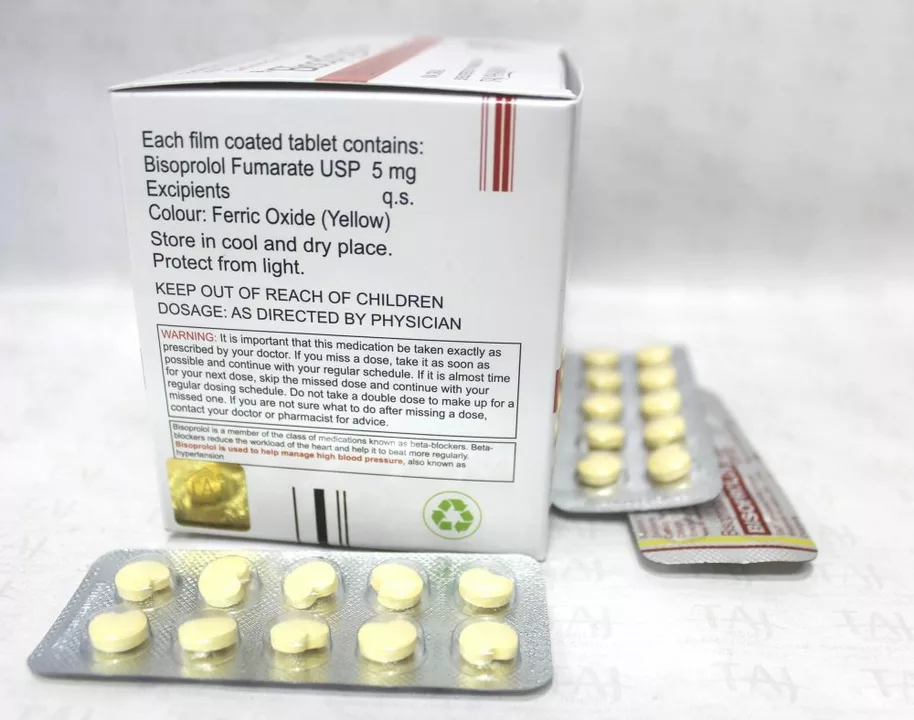In my latest blog post, I discussed the safe process of switching from other beta-blockers to bisoprolol. I highlighted the importance of consulting with a healthcare professional before making any changes to your medication. It's crucial to gradually taper off the current beta-blocker to avoid withdrawal symptoms and monitor any side effects during the transition. I also emphasized the need to start bisoprolol at a low dose and gradually increase it under the guidance of a doctor. It's essential to stay vigilant and communicate any concerns with your healthcare provider to ensure a smooth and safe transition.
Transition process: safe steps to switch medications and pharmacies
Changing a medication or moving to a new pharmacy can feel messy. Do it the right way and you avoid gaps, side effects, and surprise costs. This guide gives clear, practical steps you can use today — whether you're switching drugs, changing doses, or transferring prescriptions to an online pharmacy.
Plan the change
Talk to your prescriber before you make any change. Ask for a written plan that includes timing, dose steps, and what to watch for. If you need blood tests or other monitoring, schedule them ahead of time. Get the exact medication name, strength, and formulation written down — small differences matter.
Check for drug interactions right away. Use a pharmacist or a trusted online interaction checker. If you’re switching from one drug to another in the same class, ask whether you should taper the old drug, overlap doses, or stop one before starting the next.
Handle refills early. Don’t wait until you run out. If insurance or prior authorization is needed, start that process two weeks before your last dose. If you plan to use an online pharmacy, confirm they accept your prescription and allow enough shipping time.
Manage the practical details
Create a short checklist: prescriber instructions, pharmacy transfer, refill dates, monitoring tests, and an emergency contact. Use a pill organizer or daily alarm to track any new schedule. Keep a simple side-effect log for the first two weeks — note symptoms, time of day, and severity. That record helps your provider adjust the plan faster.
When moving pharmacies, transfer prescriptions formally. Call your old pharmacy and request a transfer, or give your new pharmacy a copy of the script. For online pharmacies, verify the site: look for proper licensing, clear contact info, and prescription requirements. Avoid sites that sell controlled meds without a prescription or offer unrealistically low prices.
If cost is a concern, check savings clubs, manufacturer coupons, and comparison tools. Some posts on this site cover prescription savings clubs and trusted online pharmacy options — use those resources to compare prices before you transfer.
Watch for warning signs. Severe rash, breathing trouble, chest pain, sudden confusion, or fainting require immediate care. For milder but worrying effects — strong dizziness, persistent nausea, or major mood changes — call your prescriber the same day.
Keep records after the transition. Save lab results, notes from the doctor, and pharmacy receipts for at least a few months. They help if you need to revert to the old drug or resolve insurance questions.
Switching meds or pharmacies doesn’t have to be stressful. With a written plan, early refills, careful monitoring, and a reliable pharmacy, you can make the transition smooth and safer. If you want, use our site’s articles on specific drugs, online pharmacies, and savings options to plan the next step.

